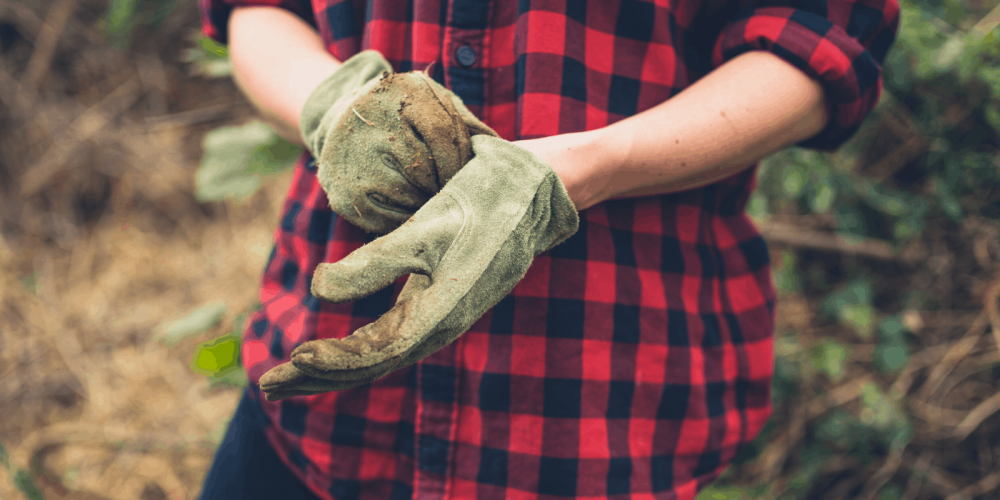Worms do most of the hard work for you keeping the worm farm environment aerobic (oxygen present) as they ‘turn’ the bedding when they burrow and channel their way through the worm farm environment.
However, lightly aerating your bedding can assist in ensuring the environment doesn’t become damp and anaerobic (a common outcome of too many scraps) which are conditions your worms enjoy.
Aerating the top few inches of bedding can help give your worms a helping hand, ensure that there is always plenty of oxygen flow through the worm farm.
Aerate your habitat with a rounded end garden fork or gloved hands to ensure it’s gentle for your worms.


